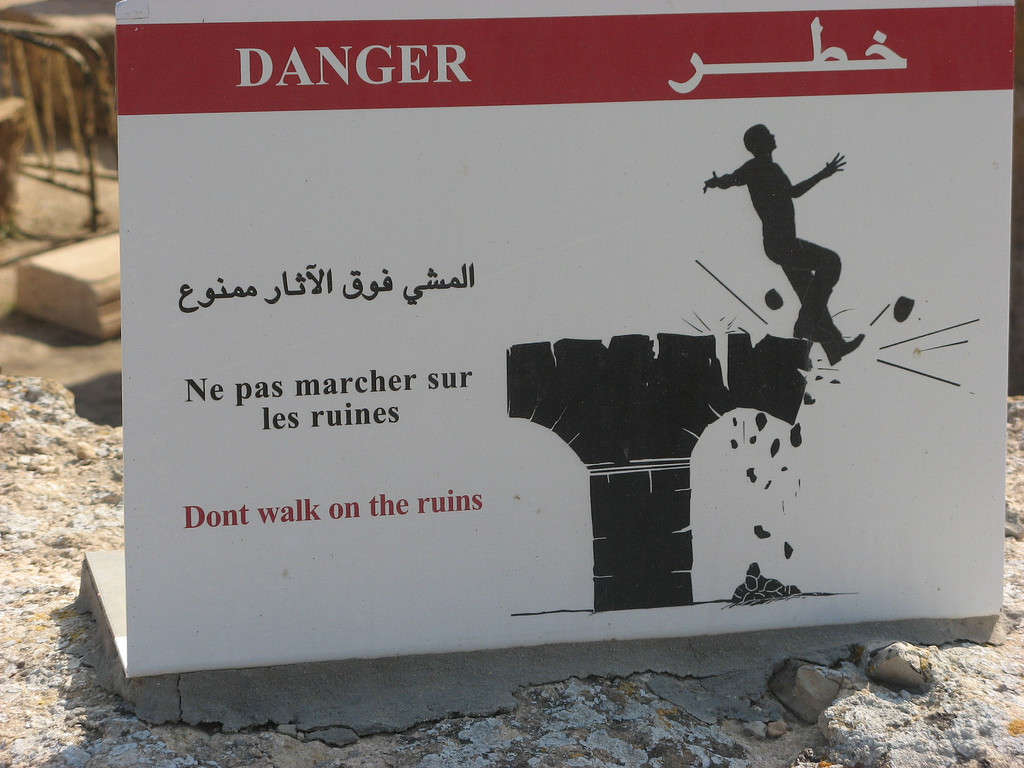I am reposting this here as it originally appeared on the Panoply Digital website.
Daily reports of refugees huddled on boats, perilously clamoring to something approaching safety. Some not getting there. Many trapped at borders, at checkpoints, in makeshift camps, behind fences. Approximately 3 million Syrians are now refugees out of a population of around 18 million as of 2014. While the human scale of this tragedy is beyond the scope of my imagination, I can focus on aspects where I might be able to add some value and I again I turn to education. It is one small part of a massive, complex issue, but it is a start.
Refugees skew young; of the 45.2 million refugees as of 2013, 46% were under the age of 18. According to UNESCO, there are over 58 million children out of school worldwide, many of which are refugees. Access to education is clearly disrupted in times of forced migration or when seeking refuge; there are no schools, no books, no teachers when one is on the move towards an uncertain and fragile future far from the social structures one is familiar with. This is unfortunately not an entirely unfamiliar problem. We can think of the Lost Boys of Sudan and their eventual resettlement largely, and after many years of refugee camps, in the United States and elsewhere. Those Lost Boys (and Lost Girls, the media largely overlooked the plight of the girls) lost access to education for long stretches of time. Efforts were made to incorporate them into society, complete with education, safety, security and the like and those efforts have been relatively successful. But the Lost Boys were about 20,000 (out of millions displaced or killed). The Syrian refugee crisis will potentially dwarf those numbers.
So we are left with picking up the pieces and trying to educate those on the move, without stability. And we have some models to do so. Palestine refugee children have attended activities as part of the UNRWA Summer Learning Programme in Syria (2012). Schools in the region offer recreational activities and catch-up classes in mathematics, Arabic, English, French, music, sports and art, designed particularly for students who have missed classes or dropped out of school. In Gaza, 25,600 students who failed in Arabic, Mathematics or both are participating in SLP at UNRWA schools in the Gaza Strip. UNRWA operates 252 schools for about 240,000 Palestine refugee students. The model works, but still requires a relatively stable structure (i.e., physical schools), which many Syrian refugees don’t enjoy in their current migrations.
There is some potential for a technological intervention here, however. Many of these Syrian refugees have and depend on their smartphones to navigate these passages and to stay in touch with those that have been left behind. So there is potential here to appropriate mobile learning efforts that exist elsewhere, such as data collection efforts provided by FHI 360’s KMobile Schools application, which provides information on the education facilities and resources that are vital in rebuilding children’s lives. Open Data Kit functions in much the same way, as does UNHCR’s Link Labs, which looks to improve connectivity for refugees, access to information and communications with conflict or disaster-affected communities, and data analytics. In parallel, Aliim is leveraging technology as well to provide refugees with access to education, particularly Syrian refugee girls, going so far as to develop a framework that “outlines ways to contextualize an active learning pedagogy, psychosocial support, mentorship, certification and community buy-in for refugee girls affected by conflict in the Middle East.” No small task, but certainly a worthwhile one.
Larger scale projects include the Vodafone Foundation & UNHCR’s Instant Network Schools Programme, which is designed to support quality education for young refugees and connecting schools through mobile technology. They develop a solar powered center with tablets where child refugees and teachers can access digital educational content and the internet. Some smaller scale projects are turning their attention to employment and mobile technology itself, offering instruction on mobile repair leading to certificates. So we see projects attempting to provide upward mobility (i.e. employability) amidst unwanted motion (refugee migration). Some grassroots efforts are encouraging as well, such as The School Bus Project to develop mobile schools for refugees stranded throughout Europe.
So there is considerable activity in this refugee education space, and now we need the applications and content marshaled together into one mobile interface to allow students to make use of it. Some of these Arabic-based applications exist, and some can be appropriated from other contexts, such as Nokia’s MoMath and Life Tools, which are SMS-based mlearning applications ranging from maths to health care services. Many more have been developed and are being used as well. These could be readily appropriated for the refugee context discussed in this post. Ideally, this mobile learning would be accompanied by an instructional presence, either through teacher volunteers or online (assuming, of course, that connectivity is in place) to guide students through the content and assist in developing resilience towards their own learning in a particularly trying time.
Again a small piece of the larger story of crisis, but an important one.


[…] I am reposting this here as it originally appeared on the Panoply Digital website. Daily reports of refugees huddled on boats, perilously clamoring to something approaching safety. Some not getting… […]